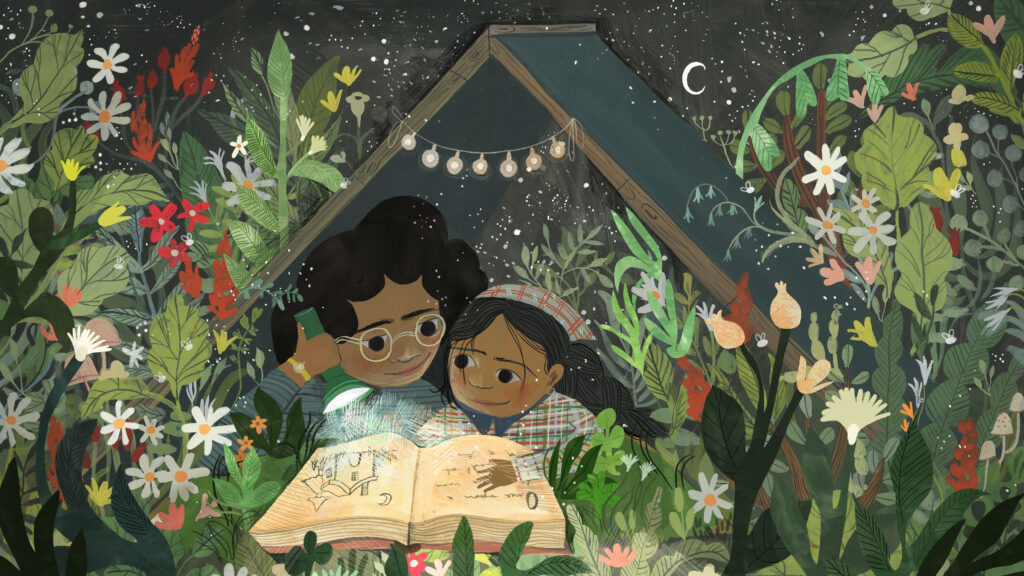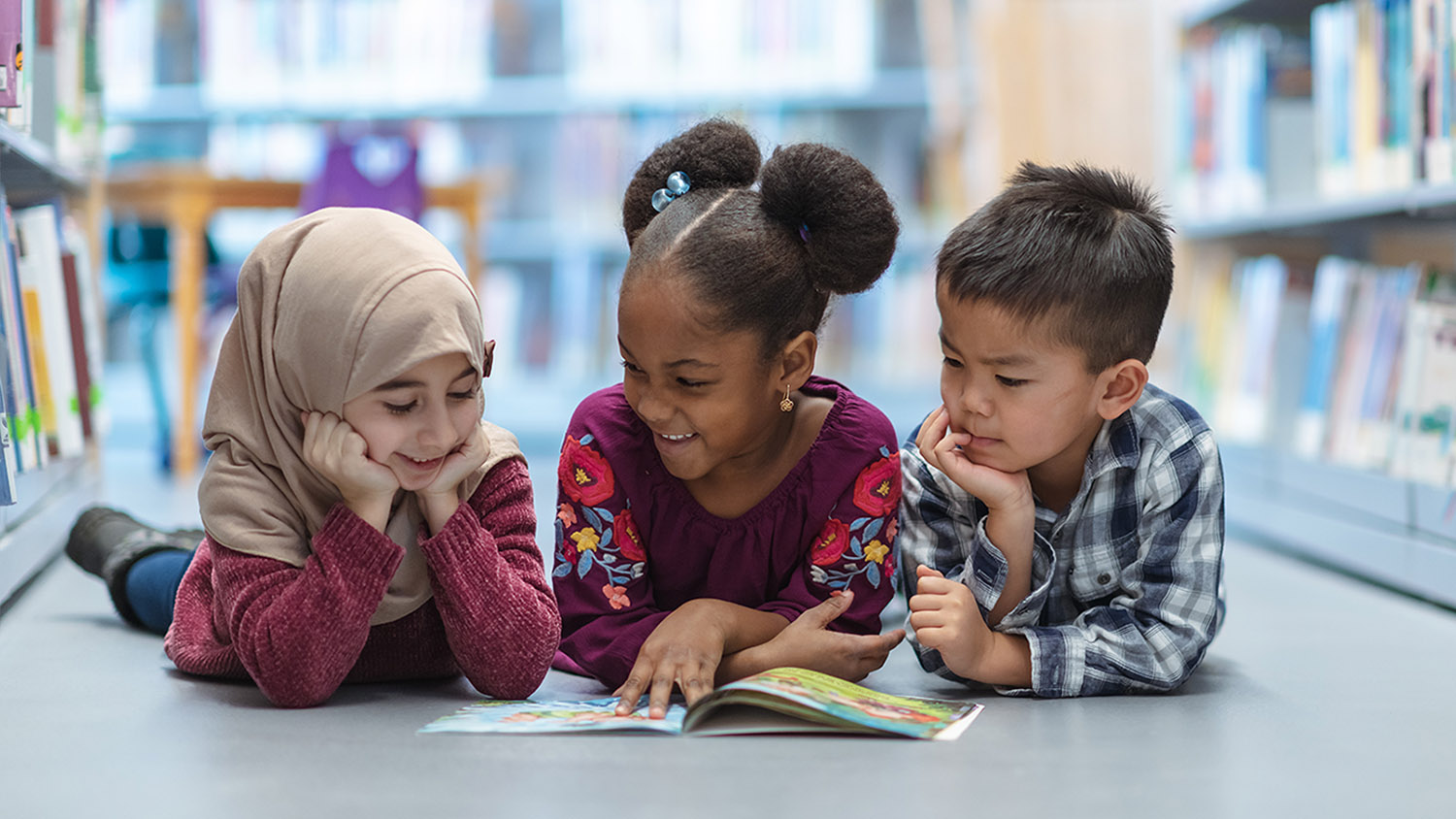In this think piece, the author makes a case for why children should read non-fiction books for casual reading just as much as fiction and leaves some recommendations for young readers.
The prospect of reading non-fiction induces lethargy and boredom in adults and children alike, especially infamous for being daunting and lacking the kind of imagination that fiction brings along. However, these prejudices barely have any semblance to reality since non-fiction itself is a diverse field with a wide variety of genres and narrative techniques that make it fresh and stimulating. The world of non-fiction can be as exciting or even more interesting than the world of fiction, as it surrounds the reader with real-life information to think about and further research; it accentuates both the analytical and critical faculties of the readers.
Now, the question that immediately comes to the mind of readers and parents is whether kids should read non-fiction. Is it a good source of information for their rather impressionable age? In this essay, I shall be discussing the relevance of reading non-fiction for children and cap it off with some must-read non-fiction books for them.
Benefits of Reading Non-Fiction
To a kid, reading the world of fiction or non-fiction is almost one and the same; the core difference lies in the fact that they tend to believe in a world filled with dragons and princesses more readily than the one with wars and treaties.
Nevertheless, the benefits of reading non-fiction are manifold. For instance, reading something like Steal Like an Artist will improve the creative output of a child, whereas reading something like Sophie’s World will take them down on a philosophical journey with a teenage protagonist. Let us go through the three most important benefits of reading non-fiction for children below:

-
Enhanced Vocabulary
Reading enriches one’s worldview in many ways. One way is that of addition to a child’s vocabulary, but how is this different in the case of fiction and non-fiction?
Firstly, with non-fiction, a child is exposed to a niche area of learning and the words they encounter are connected to that domain. This opens up more possibilities for learning among children. Generally, through fiction, they learn more words that we will, sooner or later, encounter in real life. A non-fiction book talking about, say, gardening or space will instead acquaint them with a whole arena of words that they might not come across in their daily interactions. This helps improve their word bank growing up.
Some non-fiction books like Word Power Made Easy are tailor-made to improve vocabulary in a way that is both enlightening and fun. Norman Lewis uses an etymological method to make learning effortless. For instance, for a word like nostalgia, he begins by breaking the word into two parts – nostos (home) and algos (pain). Then, by placing both the root words in history, he begins explaining the total number of words that can be created using the same root word. For example, ‘photalgia’ shares the root word ‘algos’ with ‘nostalgia; it refers to pain induced by light.
-
Real World Awareness
Non-fiction sensitizes young readers to the world by desensitizing them towards the things that are often there but always hidden. There is no lack of curiosity among children, but there may not be enough resources to satiate the same. In such a fix, books come to the rescue by providing an unvarnished version of things that a child often gathers from their parents, friends, teachers, neighbors, and so on.
Cherry on the top of this cake is that with the addition of a book, a child generally learns more through a book than they would via second-hand sources. For example, a book specifically written on the life of Stephen Hawkings will feed a child’s curiosity more than a fictional book based on Stephen Hawkings’s life or an adult telling them about Stephen Hawking from their own memory of the person and his works.
A non-fiction book like The Warmth of Other Suns by Isabel Wilkerson provides a comprehensive and deeply personal account of the Great Migration in the United States during the 20th century. The book uses personal narratives to highlight the social, economic, and cultural changes during a significant historical event – the mass movement of African Americans from the South to the North and West in search of a better life and escape from the oppressive racial segregation and violence of the Jim Crow era. What makes this interesting is its personal tone that, despite affinity, acquaints the reader with the harrowing historical events. This tells us how non-fiction can be edifying and grounded in the real world without being tedious.
-
Critical and Analytical Thinking
Non-fiction encourages critical thinking and analytical skills. It helps children learn to evaluate the validity of information, assess arguments, and distinguish between fact and opinion. These skills are essential for making informed decisions and solving problems. Non-fiction typically requires readers to understand complex ideas and follow logical arguments, thus improving reading and comprehension skills as children learn to extract information and understand the structure of informational texts.
Some non-fiction books push young readers out of their comfort zone by confronting them with quizzes, puzzles, and games. Books on psychology, science, history and philosophy also help foster a critical and analytical mindset by opening up a source for cross-disciplinary reading.
Conclusion
As there is no age limit to learning, there should also not be an age limit to reading non-fiction books. Non-fiction books help a child develop an interest in topics usually left aside in fiction books. It promises to open up a whole new world of possibilities and subjects for research among them. Finishing a non-fiction book is more like opening, and not closing, a source of information as young readers can continue to read and learn from them about things. This will help them add to the already existing repertoire of information they created for themselves from the experience of reading books in general.
I would like to conclude this essay by recommending some non-fiction books targeted toward children:
1. Counting with Frida by Patty Rodriguez and Ariana Stein
With Counting with Frida, children can learn to count from one to ten in both English and Spanish while being introduced to Frida Kahlo’s vibrant and imaginative artwork. Each number is associated with a specific element from Kahlo’s art, making the learning experience visually engaging and culturally enriching.
2. Outside: A Guide to Discovering Nature by Maria Ana Peixe
The book serves as a guide for young readers, encouraging them to venture outdoors and discover the wonders of nature. It is organized into seasons, offering a range of activities, facts, and observations tailored to each season. Children can learn about various aspects of nature, from observing wildlife and identifying plants to understanding the changing weather patterns and the night sky.
3. How They Croaked: The Awful Ends of the Awfully Famous by Georgia Bragg
Through a combination of humor and historical facts, the book aims to make history more engaging and memorable for young readers. Here, readers will catch a glimpse of not-so-glamorous details of the deaths of historical figures such as Napoleon, George Washington, and many others. It combines factual information about each person’s life and contributions with vivid descriptions of their often untimely and unusual deaths.
By the Same Author: 7 Must-Read Graphic Novels from India

